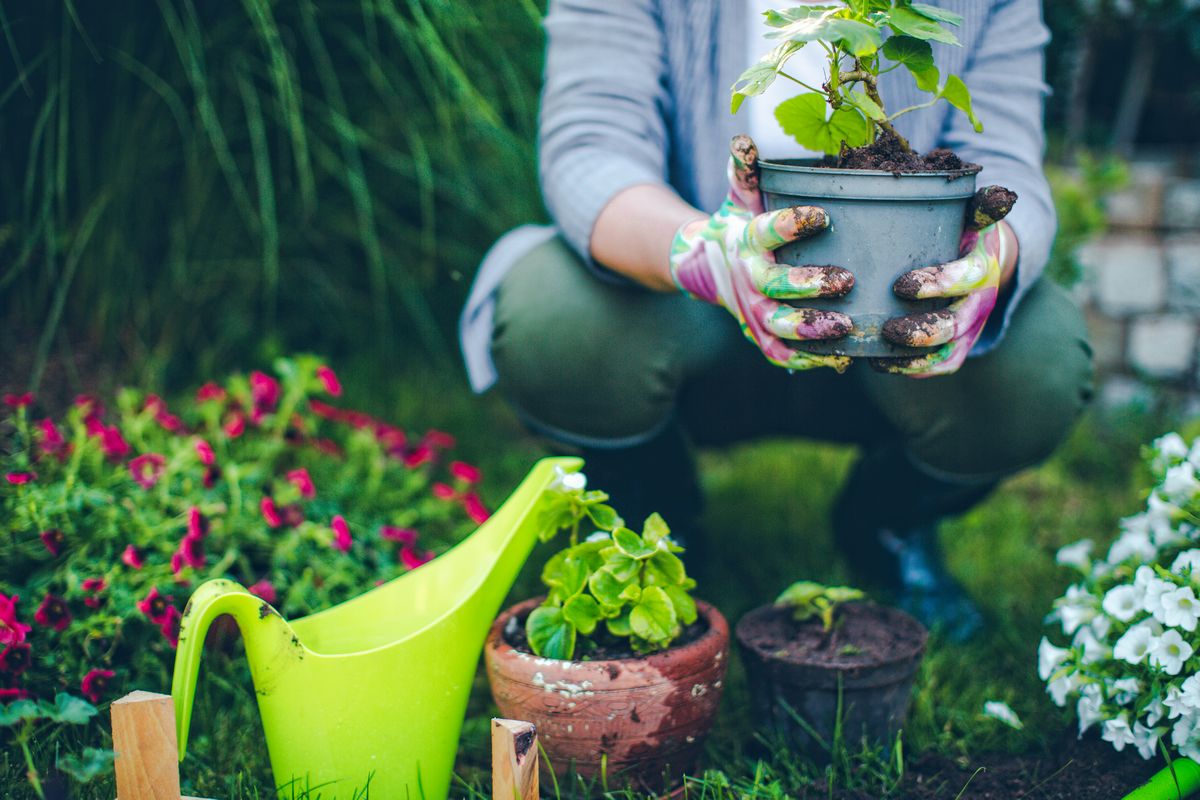Ayurvedic drinks: Stay cool and beat the heat the right way
Discover Ayurvedic summer drinks like buttermilk, aam panna, and pomegranate juice to stay cool, hydrated, and healthy during the scorching heat.
Protect your garden from ending up taking the brunt of the harsh rising temperature

( Representational Photo: Getty Images)
The existing hot weather can be hard on your plants. They need special care in this extreme heat. Scorching temperatures can threaten to dry out your lush green plants and colourful blooms but that’s only if you have not planted them wisely and taking enough care of them in correct way. You need to do something more than adequate watering and mulching to save your summer garden.
Few tips to keep your plants green and blooming all summer include:
Choose heat tolerant plants: The heat tolerant plants can keep every outdoor plant prospering even when heat is relentless and water is scarce. Black-eyed Susan, bougainvillea , zinnia, blanket flower, periwinkle, thread leaf coreopsis etc. are the plants which can beat the summer heat. So make a smart choice while selecting plants for your summer garden.
Advertisement
Water your plants correctly: Water is the medium in which all internal processes of a plant take place. In the current hot weather, water your plants during early evening. This gives the plants enough time to dry out, but there is still the chance for overnight water uptake by the roots. You can also water your plants during early morning hours but before the sun shines. Water is cooler during those hours. Water your plants adequately and regularly. However, do not overwater them. Overwatering is the most common cause of death for plants during hot weather. For most of the plants other than rainforest plants, a daily watering does more harm than good. Before watering check the soil. If it is wet or even soggy to touch, it means the plant is not thirsty just yet. Shower your plants in small doses with the help of water sprinklers or buckets and mugs.
Create a layer of mulch: Adding mulch to your garden will keep the soil protected from direct sun exposure. It allows the soil to stay moist for longer. You can use many different forms of mulch but a light-coloured mulch would be the best, such as dry grass clippings. It reflects sunlight. Wood mulch is also good for sun protection. It will provide shade to the soil from the sun.
Provide shade to your plants: Use shade covers or provide shade to your plants with a patio umbrella. Put transplants next to larger plants. You can also plant your garden in a shady area or in the yard where there is permanent shade or provide them partial shading that will go a long way to ensuring young plants do not get destroyed by harsh heat. Plant taller shrubs around patios and garden beds to provide plants with relief from the summer heat. Create pockets of shade rather than shading the entire garden. You can use plants to create shade in your backyard. Plant short shrubs and flowers to cast shade on walkways. Plant big shady trees with potential for large reaching branches and dense foliage. Install a shade cloth over the trees and partially on the sides. Try moving your potted plants to an area with balanced light and shade.
Snip away withering and dried branches regularly: Snipping can have a positive impact on plants. Gently snip away withering or dried branches, twigs and blossoms from your plants once a week to keep them hale and hearty.
Just like plants, you also need special care in this extreme hot weather. Take all precautions while gardening. Do garden chores during morning and evening hours skipping the hottest part of the day. Take regular breaks while working in the garden to avoid heat stress. Water is best for hydration like your plants. Drink water frequently. Do not forget to apply sunscreen and sun protection lip balm while gardening.
Advertisement